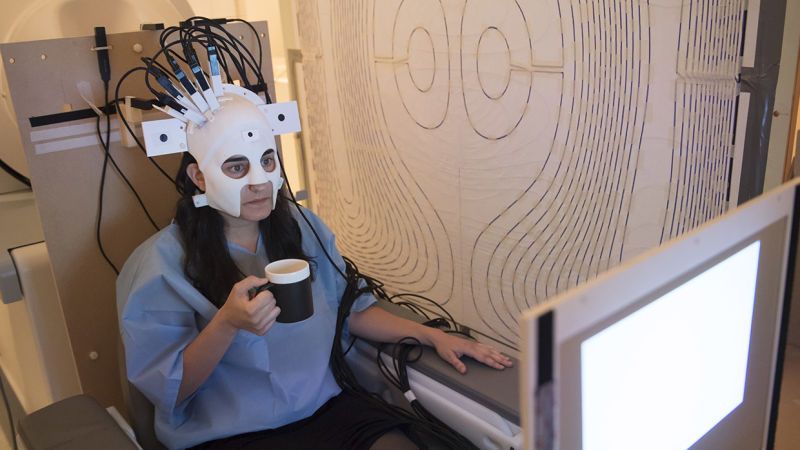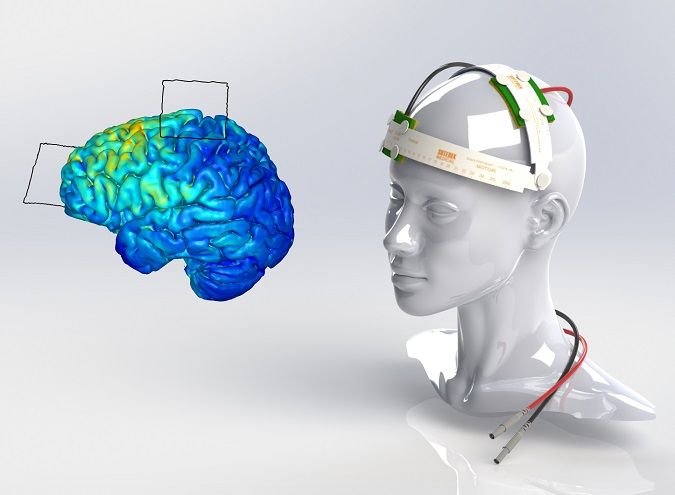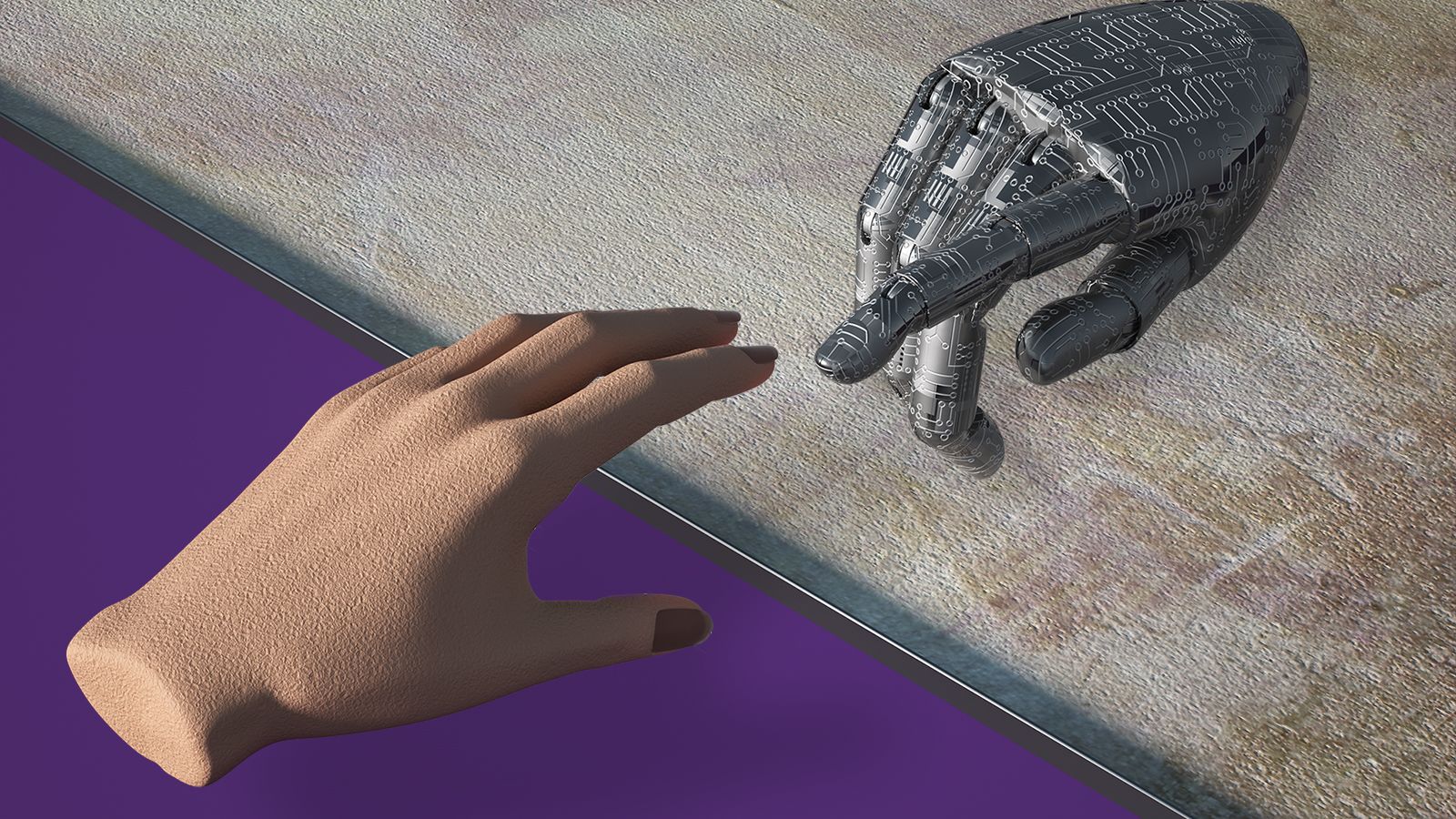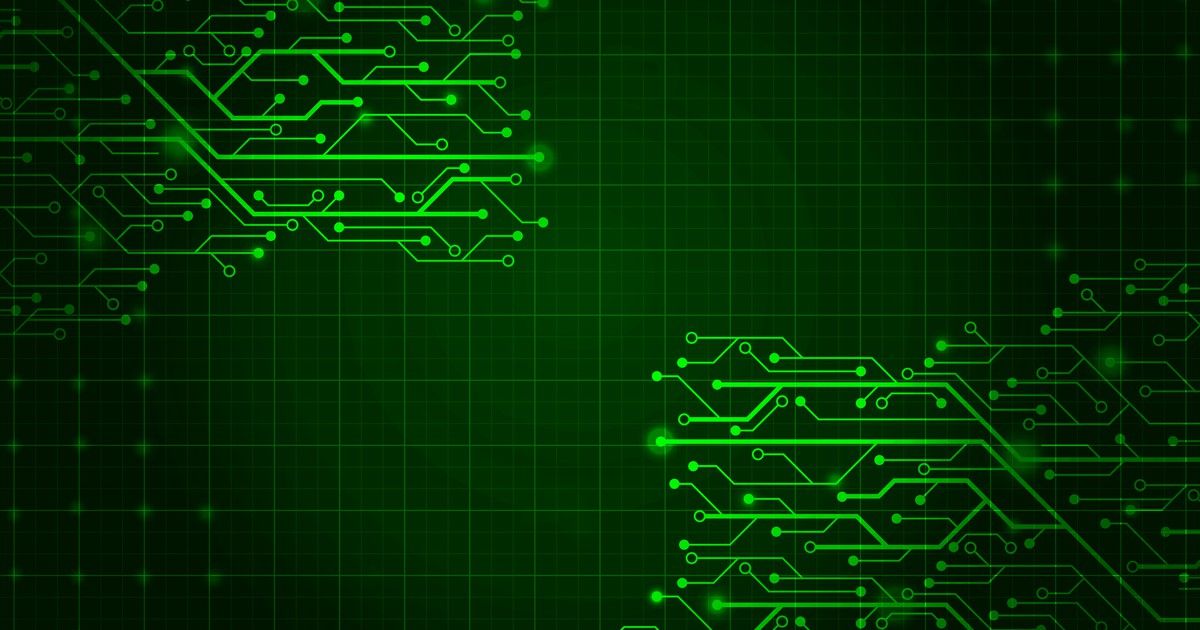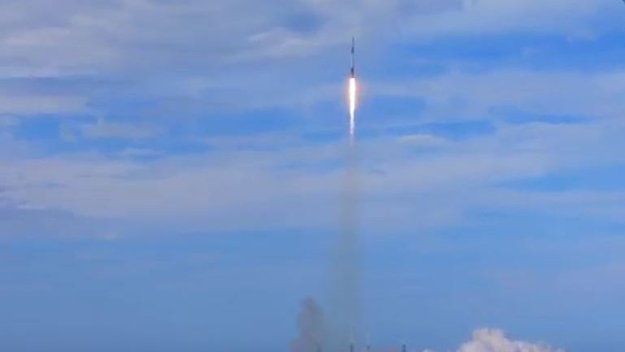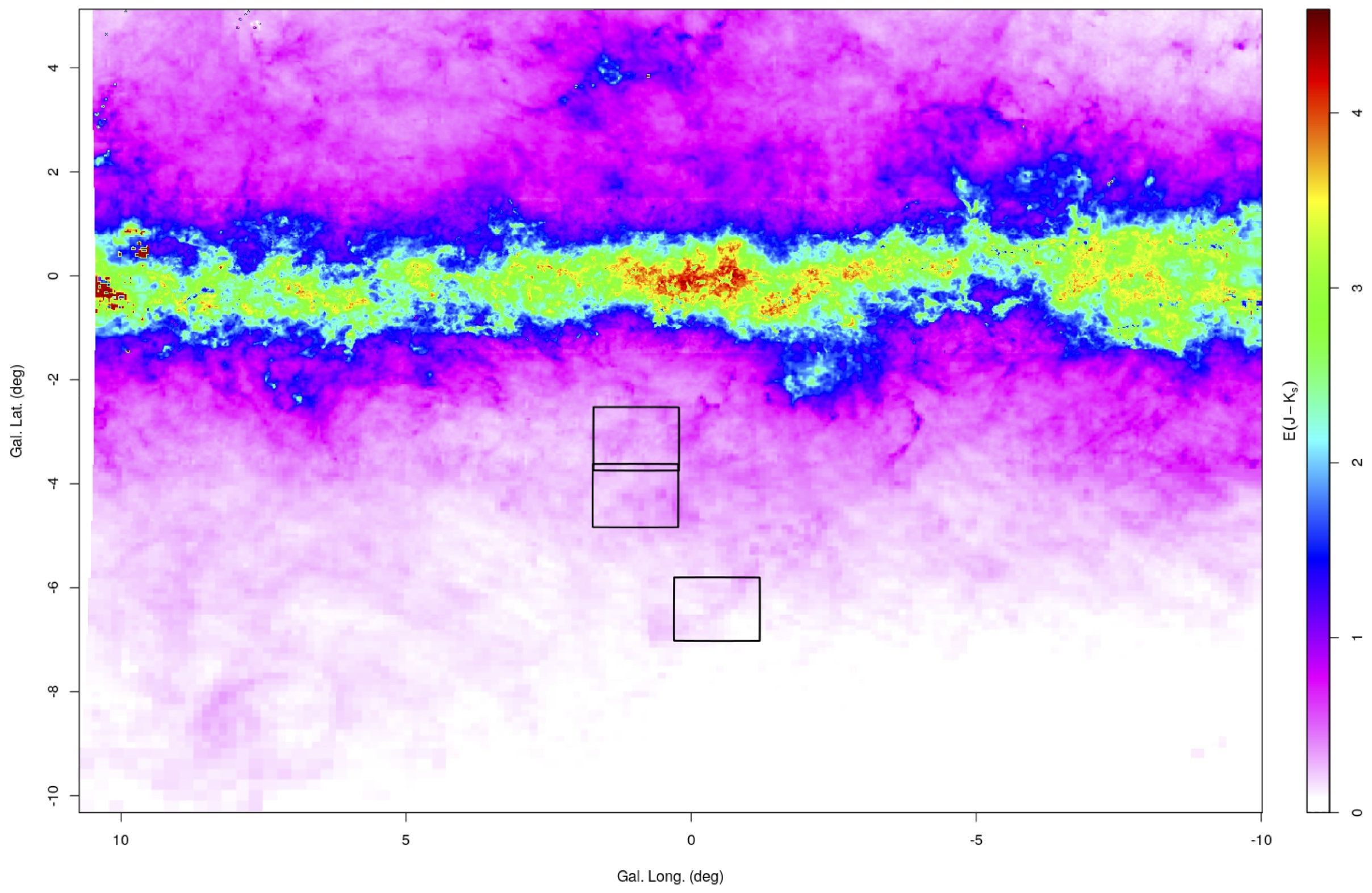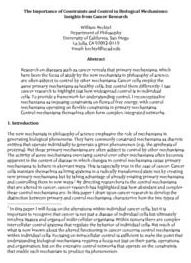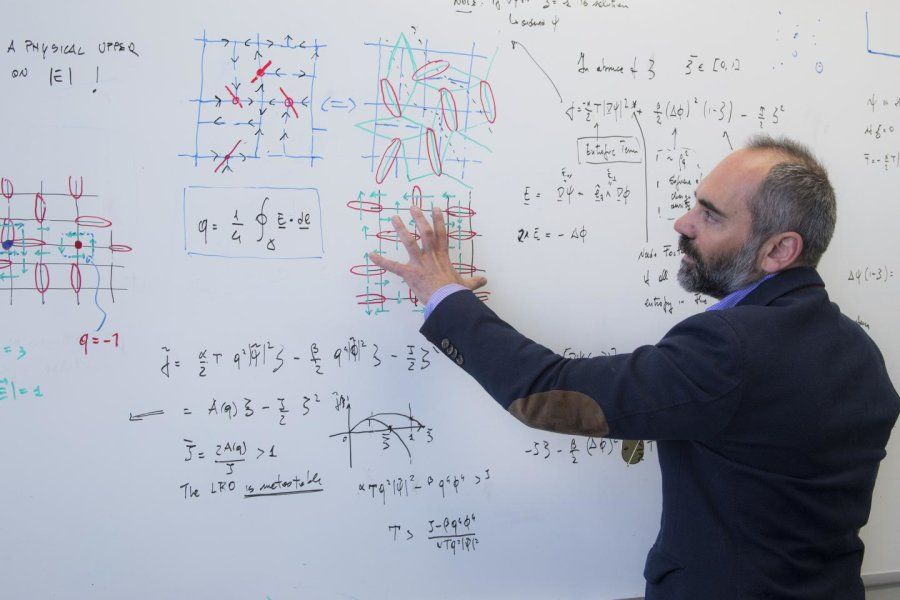Page 8852
Apr 2, 2018
Wearable brain scanners to enable broader, easier, cheaper access to neuroimaging
Posted by Alvaro Fernandez in categories: neuroscience, wearables
Coming soon: Advanced brain monitoring “while subjects make natural movements, including head nodding, stretching, drinking and playing a ball game.”
Credit: University of Nottingham ___ This Brain Scanner Is Way Smaller Than fMRI but Somehow 1,000% Creepier (Gizmodo): “It may look like something befitting Halloween’s Michael Myers, but the device pictured above is actually a breakthrough in neuroscience—a portable, wearable brain scanner that can monitor neural.
Apr 2, 2018
Research trend: Combining brain stimulation with cognitive training to enhance attention and memory
Posted by Alvaro Fernandez in categories: biotech/medical, military, mobile phones, neuroscience
In summary — “I am cautiously optimistic about the promise of tDCS; cognitive training paired with tDCS specifically could lead to improvements in attention and memory for people of all ages and make some huge changes in society. Maybe we could help to stave off cognitive decline in older adults or enhance cognitive skills, such as focus, in people such as airline pilots or soldiers, who need it the most. Still, I am happy to report that we have at least moved on from torpedo fish” smile
In 47 CE, Scribonius Largus, court physician to the Roman emperor Claudius, described in his Compositiones a method for treating chronic migraines: place torpedo fish on the scalps of patients to ease their pain with electric shocks. Largus was on the right path; our brains are comprised of electrical signals that influence how brain cells communicate with each other and in turn affect cognitive processes such as memory, emotion and attention.
The science of brain stimulation – altering electrical signals in the brain – has, needless to say, changed in the past 2,000 years. Today we have a handful of transcranial direct current stimulation (tDCS) devices that deliver constant, low current to specific regions of the brain through electrodes on the scalp, for users ranging from online video-gamers to professional athletes and people with depression. Yet cognitive neuroscientists are still working to understand just how much we can influence brain signals and improve cognition with these techniques.
Apr 2, 2018
Military documents reveal how the US Army plans to deploy AI in future wars
Posted by Genevieve Klien in categories: internet, military, robotics/AI
The US Army today released documents detailing plans to build a large-scale battlefield platform dubbed the “Internet of Battle Things.”
Apr 2, 2018
Here’s What You Need to Know About NVIDIA’s New AI Supercomputer — and Why It Matters
Posted by Genevieve Klien in categories: robotics/AI, supercomputing
Apr 2, 2018
Storm hunter launched to International Space Station
Posted by Genevieve Klien in categories: space, transportation
ESA’s observatory to monitor electrical discharges in the upper atmosphere is on its way to the International Space Station. The Atmosphere-Space Interactions Monitor is riding in the Dragon cargo vehicle that lifted off at 20:30 GMT (16:40 local time) from Kennedy Space Center in Florida, USA.
A suite of instruments will search for high-altitude electrical discharges associated with stormy weather conditions. It is the first time that such a set of sensitive cameras, light sensors and X- and gamma-ray detectors are flying together to study the inner anatomy of luminous phenomena in Earth’s upper atmosphere and the link with bursts of high-energy radiation.
ASIM mounted on Columbus.
Continue reading “Storm hunter launched to International Space Station” »
Apr 2, 2018
First age-map of the heart of the Milky Way
Posted by Genevieve Klien in categories: chemistry, space
The first large-scale age-map of the Milky Way shows that a period of star formation lasting around 4 billion years created the complex structure at the heart of our galaxy. The results will be presented by Marina Rejkuba at the European Week of Astronomy and Space Science (EWASS) in Liverpool on Tuesday, 3rd April.
The Milky Way is a spiral galaxy with a bulge at the centre, thousands of light years in diameter, that contains about a quarter of the total mass of stars. Previous studies have shown that the bulge hosts two components: a population of metal-poor stars that have a spherical distribution, and a population of metal-rich stars that form an elongated bar with a “waist”, like an x or a bi-lobed peanut. However, analyses of the ages of the stars to date have produced conflicting results. Now, an international team led by astronomers from the European Southern Observatory (ESO) have analysed the colour, brightness and spectral information on chemistry of individual stars to produce the age-map of the Milky Way.
The team have used simulated and observed data for millions of stars from the VISTA Variables in the Via Lactea (VVV) infrared survey of the inner Milky Way and compared them with measurements of the metal content of around 6000 stars across the inner bulge from a spectroscopic survey carried out with the GIRAFFE/FLAMES spectrograph on the ESO Very Large Telescope (GIBS).
Apr 2, 2018
The Importance of Constraints and Control in Biological Mechanisms: Insights from Cancer Research
Posted by Genevieve Klien in category: biotech/medical
Research on diseases such as cancer reveals that primary mechanisms, which have been the focus of study by the new mechanists in philosophy of science, are often subject to control by other mechanisms. Cancer cells employ the same primary mechanisms as healthy cells, but control them differently. I use cancer research to highlight just how widespread control is in individual cells. To provide a framework for understanding control, I reconceptualize mechanisms as imposing constraints on flows of free energy, with control mechanisms operating on flexible constraints in primary mechanisms. Control mechanisms themselves often form complex, integrated networks.
Apr 2, 2018
Finding order in disorder demonstrates a new state of matter
Posted by Genevieve Klien in categories: materials, quantum physics
Physicists have identified a new state of matter whose structural order operates by rules more aligned with quantum mechanics than standard thermodynamic theory. In a classical material called artificial spin ice, which in certain phases appears disordered, the material is actually ordered, but in a “topological” form.

